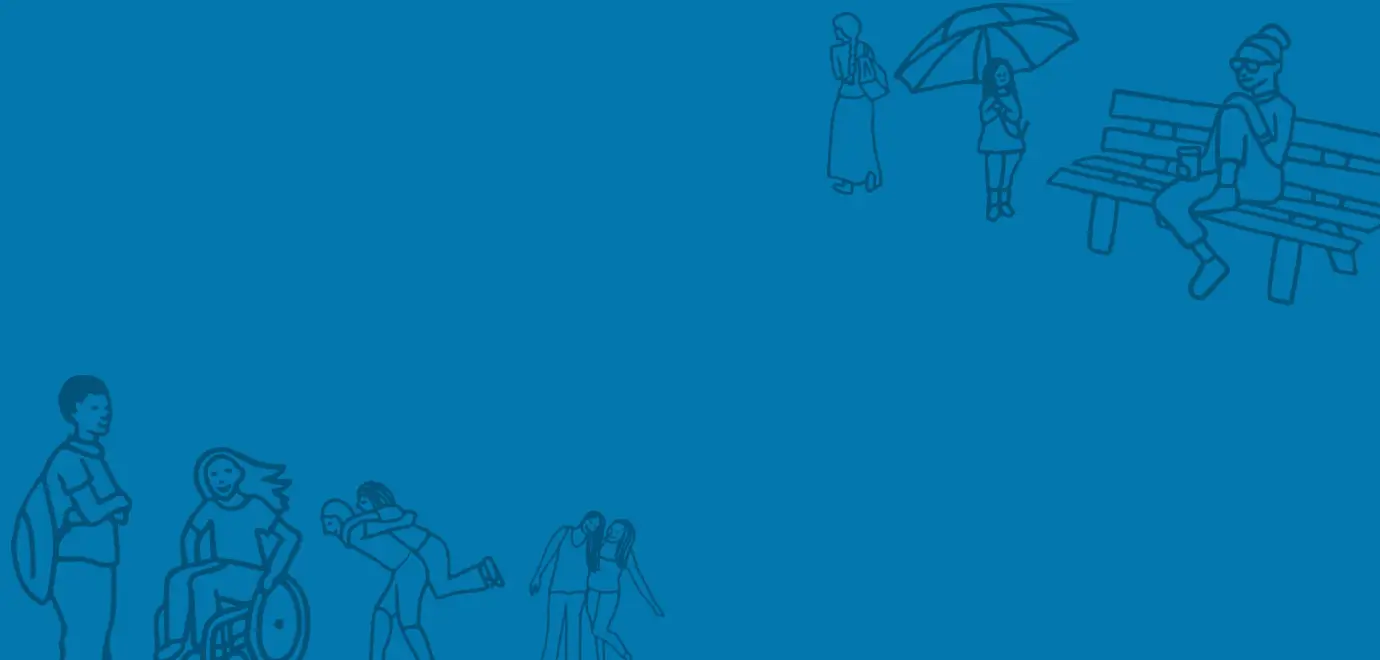Earlier this week, the Office for National Statistics (ONS) released new findings on the educational background of children in care who have interacted with the criminal justice system. The data shows concerning trends for young LAC. More than half (52%) of children in care had a criminal conviction by age 24 compared to 13% of children who had not been in care. Though this metric includes minor offences such as speeding and graffiti, it is shocking that so many children in care have interacted with the justice system at such a young age.
Children in care appear to enter the justice system earlier than children who have not been in care. On average, children in care who received a custodial sentence first did so in the year they turned 18, whereas, for non-LAC, this was in the year they turned 20. Moreover, of the children in care who received a custodial sentence, 18% were under 16 when they were imprisoned for the first time, this is 4.5 times higher than for those who have never been in care (4%).
Children in care who were in custody also had lower attainment at Key Stage 4 than those who did not interact with the criminal justice system. To put this in context, around 1 in 6 (16%) children in care who did not interact with the criminal justice system passed five GCSEs including English and maths. This compares to the 1 in 50 (2%) pass rate of children in care who received a custodial sentence.
Moreover, of the children in care in custody, 9 in 10 (92%) had Special Educational Needs and Disabilities (SEND), such as behavioural and emotional disorders and dyslexia. They were also more likely to have been excluded or suspended from school, with 1 in 5 (18%) having previously been excluded and 4 in 5 (81%) suspended.
The report also reveals concerningly high overrepresentation of black and mixed-race boys across the justice system. Black (19%) and Mixed (21%) children in care had higher rates of imprisonment than White (15%) or Asian (7%) children in care. Moreover, White children in care were most likely to receive a caution (40%) or a sentence with no jail time.
These finding reflect data on strip searches of children by the Metropolitan Police Service that we published earlier this year. This report shows that between 2018 and 2020, 650 children were strip searched, 25% of whom were between 10 and 15 years old. More than half of all boys who were strip searched were Black in each of the years for which data was provided, and in 2018 it was 75%.
Across the system we see children that have been in the care system experience worse outcomes that their peers who have not been in contact with the system. Latest government data from 2021 shows that 41% of 19–21-year-old care leavers were not in education, employment, or training, compared to 12% of all other young people in the same age group.[1] Tragically care leavers make up 7% of the deaths of young people aged 18-21 despite only comprising 1% of the population for this age group. [2]
I regularly hear from children in care and those leaving care about how ambitious they are for their futures. One girl told me:
‘I know where I want to be in life, I know what I want to do, I know my aims, I know my dreams. I think ‘cos I’ve got that support around me, I am able to fulfil my dreams and what I want to achieve’ – Girl (age not given).
We need to match this ambition by supporting children with experience of the care system in every aspect of their lives all the way into adulthood. That’s why in October I published my Vision for Care Leavers which outlined the role that local and national Government can play in supporting care leavers. The report includes proposals for improving access to suitable housing, health and wellbeing support and advice, educational and professional opportunities and financial help.
It is my mission to ensure that children in care should have access to stable and loving relationships throughout their life, even if they are in custody. As a part of the Family Review, I am using my statutory powers to explore how different institutions are supporting children to maintain relationships across the secure estate. This includes important relationships with foster and kinship carers. Where it is not possible, or not in the child’s best interest to maintain contact with their family, I will explore how secure settings can replicate the protective effect of family life and nurture the children in their care.
While there have been reductions in the number of children interacting with the criminal justice system over the past decade, far too many children are still interacting with the criminal justice system.
All children on custodial sentences should all be living in supportive and therapeutic environments that can holistically meet their needs. There needs to be a greater focus on earlier intervention to prevent children living in institutions. Next year, my office will be publishing findings from visits to the secure estate and will outline my recommendations for what needs to change.






